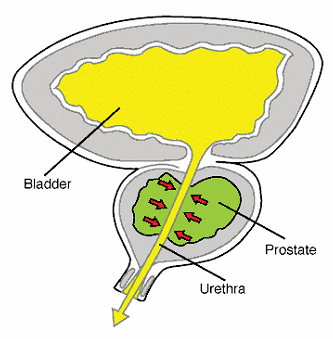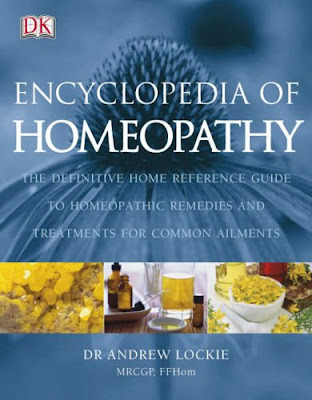A Multicentric Open Clinical Trial to evolve a group of Efficacious Homeopathic Medicines in " Benign Prostatic Hyperplasia (BPH)

Source : CCRH News Letter
Download : Text
The prostate is a muscular, walnut-sized gland that surrounds part of the urethra, the tube that transports urine and sperm out of the body. A part of the male reproductive system, the prostate secretes seminal fluid, a milky substance that combines with sperm produced in the testicles to form semen. During sexual climax, muscles in the prostate propel this mixture through the urethra and out through the penis.
Anatomy and Physiology
The prostate is located directly beneath the bladder and in front of the rectum. Because the upper portion of the urethra passes through the prostate, if the gland becomes enlarged it can obstruct the passage of fluid through the urethra. While this is uncomfortable, it generally does not impair a man's ability to function sexually; however, the discomfort nd embarrassment it causes can interfere with sexual activity.
Diseases of the Prostate
Benign diseases are noncancerous. They can be uncomfortable and inconvenient but are not life-threatening, and often can be treated with drugs or surgery. The two main benign diseases of the prostate are prostatitis and Benign Prostatic Hyperplasia (BPH). The main malignant (cancerous) disease of the prostate is adenocarcinoma of the prostate, or prostate cancer.
Role of Homeopathy
In homeopathy literature various medicines are given for the treatment of prostatic enlargement but no significant work has being done to elicit their efficacy. As such there is need to explore the efficacy of homeopathic medicines otherwise indicated for various diagnostic symptoms of Benign prostatic hyperplasia in the homeopathic literature.
Central Council Of Homeopathy, India has undertaken this project in its Lucknow, Gudiwada, Bhopal, Noida, triputh & siliguri centres .
Click HERE to download the study report.
Click on the image to view the enlarged & clear picture.










